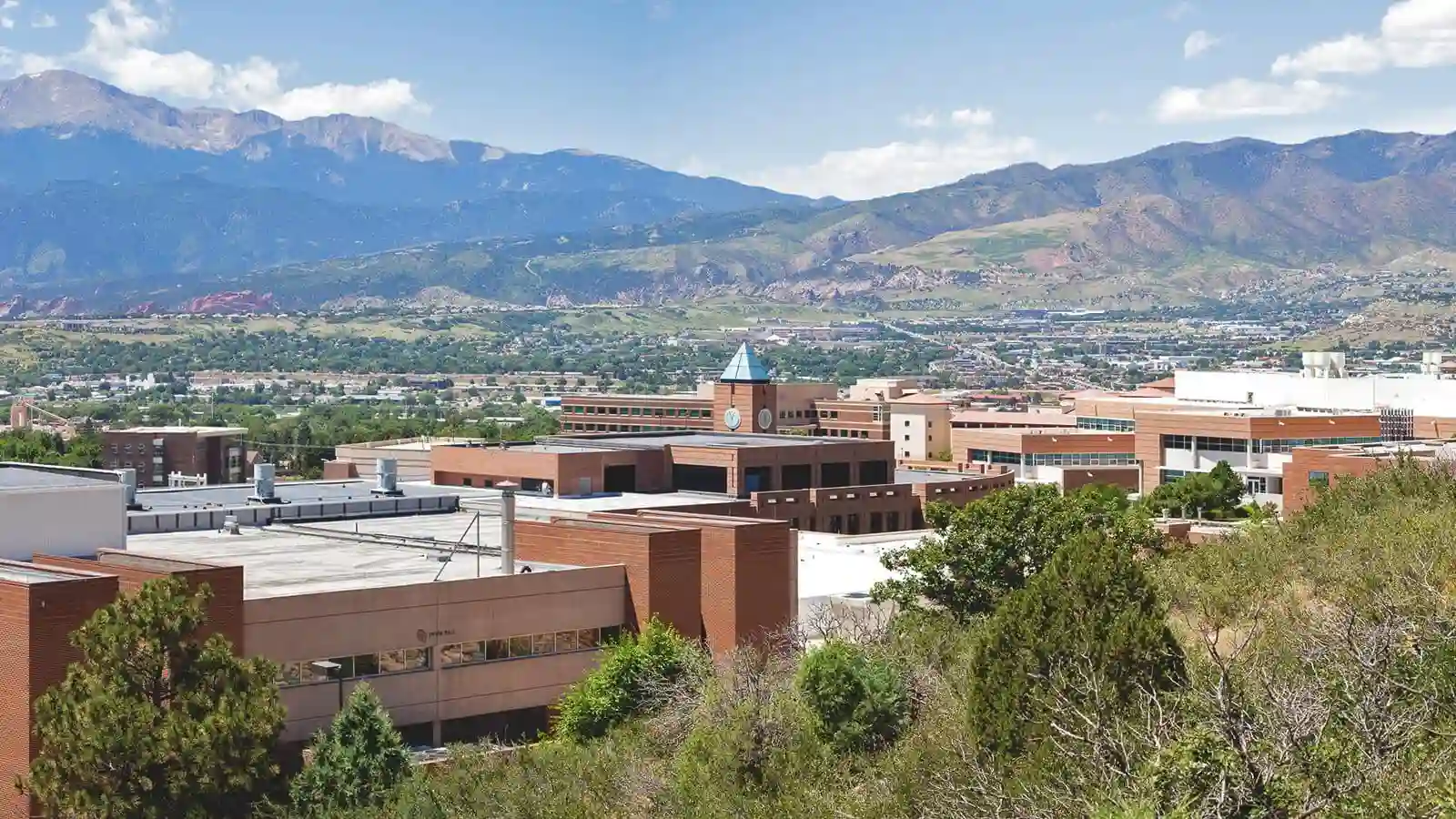We all know how expensive it is to send your kids to college, yet how crucial it is. Sadly, a lot of parents are shocked to hear the genuine costs they had not anticipated, and by the time they do, it is sometimes too late to do anything about it.
Estimated Cost of Attendance
By law, every college must post on its website the estimated yearly cost of enrollment. The cost of attendance is far more than the cost of tuition, housing, and board. There are costs associated with books, labs, travel, and other ancillary items (this is where they throw everything else, even fees not yet know). This looks so straightforward, right? …Incorrect!
If asked if the predicted cost was more or lower than what they really paid, any parent who has sent a child to college would respond, “We paid substantially more than we expected!”
The single biggest expense consideration, though, is how quickly a college graduates your child.
The idea that going to community colleges in Colorado Springs demands a four-year financial commitment is still held by parents. Actually, just 53% of colleges can get students out of there in less than 6 years! Do you feel confident that the schools where you plan to enroll your children will achieve the 4-year goal? If not, your expenses have already increased by 50% from what you had originally planned! Given that the majority of parents are ignorant of this huge cost component, it is rather concerning that colleges DO NOT provide these data on their websites.
How much it costs to finance college costs
Statistics show that less than 10% of households have enough money saved to pay for ONE child to attend college for ONE year. Accordingly, 90% of families are obligated to cover the entire cost of their child’s college education every year, while 10% are obligated to cover the entire cost for all but one of their children.
Furthermore, the majority of parents are unaware of the hefty cost of student loans. Traditional student loans have an interest rate of 6.5% and a lifetime maximum of $31,000. The remainder due will be paid in full by the parents at a rate of 7.9% + 4% in fees. Each loan will have a 10-year repayment schedule starting after graduation.
Now let’s compute
$100,000 would be spent on four years of college at a cost of $25,000. However, your charges will be as follows if loans are needed to cover the expense: The price of financing a college degree, which is already expensive, is $42,262: $42,240 is the result of repaying $31,000 in student loans at a 6.5% interest rate over ten years and $69,000 in parent loans at a 7.9% interest rate over the same period.
Wouldn’t you like to put that money to better use?
Many families—particularly those from the middle and higher middle classes—make all the wrong choices when deciding which college to spend their hard-earned money on. Unfortunately, parents and students must contend with terrible consequences.
The opportunity cost of choosing the wrong college is the loss of potential gain from NOT making better strategic judgments. Some examples of this opportunity cost are as follows:
- When a college graduate can expect to start working. This is a result of the poor track record of career placement at a college and the dearth of options for internships that develop careers. If your child goes the wrong college and it takes them two years to get the job they’ve always wanted, the opportunity cost would be the pay not made during those two years. If their beginning salary is $30,000, the opportunity cost would be $70,000 ($35,000 x 2 years of job searching).
- Poor college financial choices and how they affect your other life objectives. In the aforementioned funding scenario, the opportunity cost would be $42,262. This is YOUR money that you are no longer able to use to fund other family expenses, support the extracurricular activities of other kids, or save aside money for retirement.
- comparing colleges without accounting for the possibility that your family will receive a discount. Consider that you are choosing between two colleges with annual sticker rates of $25,000. By strategically placing students and using leverage, College A will reduce its cost by $5,000 yearly. This represents a $20,000 savings over four years. The opportunity cost of your choice is the $5,000 you would have spent on something else instead of enrolling your child at College B. Let’s utilize retirement as our example.
If you are 50 years old and want to retire at 65, your opportunity cost for retirement would be $42,013 ($5,000 saved at 6% for 4 years, compounded until retirement at 65). Prior to selecting an institution, you MUST take into account each and every one of these costs.








